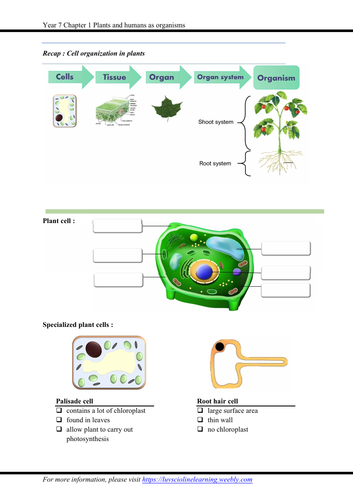







Suitable for all KS3 students and teachers.
First version (FREE) can be found at https://www.tes.com/teaching-resource/igcse-plants-and-humans-as-organisms-skeletal-system-joints-antagonistic-muscles-year-7-ks3-11737306
Second version can be found at https://www.tes.com/teaching-resource/igcse-worksheet-and-revision-with-answer-script-plants-and-humans-as-organisms-11814065
This is the updated version with updated information and questions. Students can revise and master the topic from the useful and incredible resources.
It covers the following learning objectives:
- Identify plant organs
- Able to list down functions and organs of human organ systems.
- Name the bones using their scientific names
- State and explain the functions of skeletal system
- Name the different types of joints (fixed and movable joints)
- Study the connective tissues (Ligaments, cartilage, tendon)
- Explain the importance of synovial joints
- Describe how muscles and bones are connected.
- Explain how antagonistic muscles cause movement
Topical questions with answer scripts are available for FREE at http://myanswerscripts.weebly.com when you have purchased and leave us 4 or 5 stars under general review.
Get this resource as part of a bundle and save up to 35%
A bundle is a package of resources grouped together to teach a particular topic, or a series of lessons, in one place.
Something went wrong, please try again later.
This resource hasn't been reviewed yet
To ensure quality for our reviews, only customers who have purchased this resource can review it
Report this resourceto let us know if it violates our terms and conditions.
Our customer service team will review your report and will be in touch.